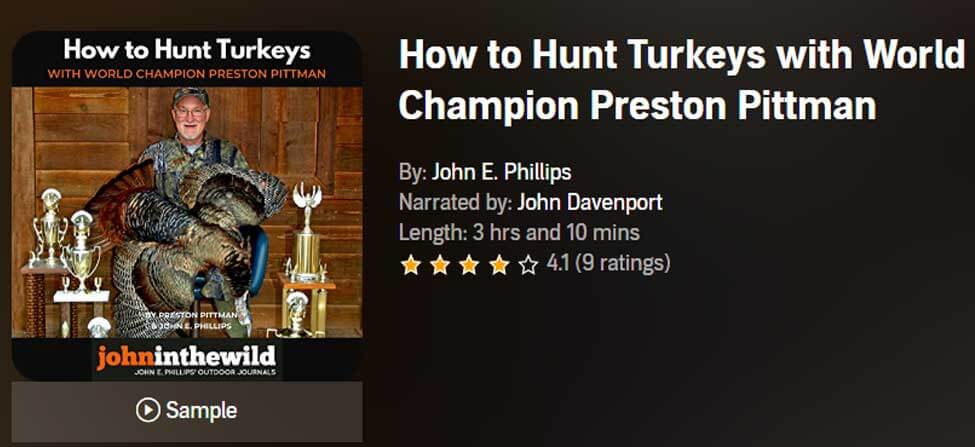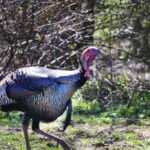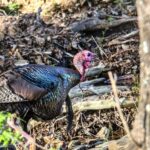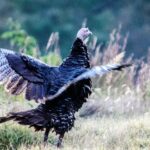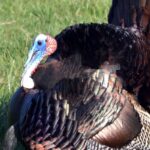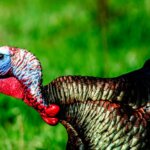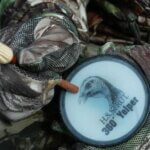Editor’s Note: I first interviewed Matt Morrett of Pennsylvania when he won the World Turkey Calling Championship at 16. He also won the Junior and Senior Grand National Turkey Calling contests and the World Friction Turkey Calling Championships five times. Today, Morrett, who started hunting turkeys with his dad in 1976 at 6, is the marketing director for the Pennsylvania Game Commission. Here are some of Matt’s recollections on what turkeys can teach us.
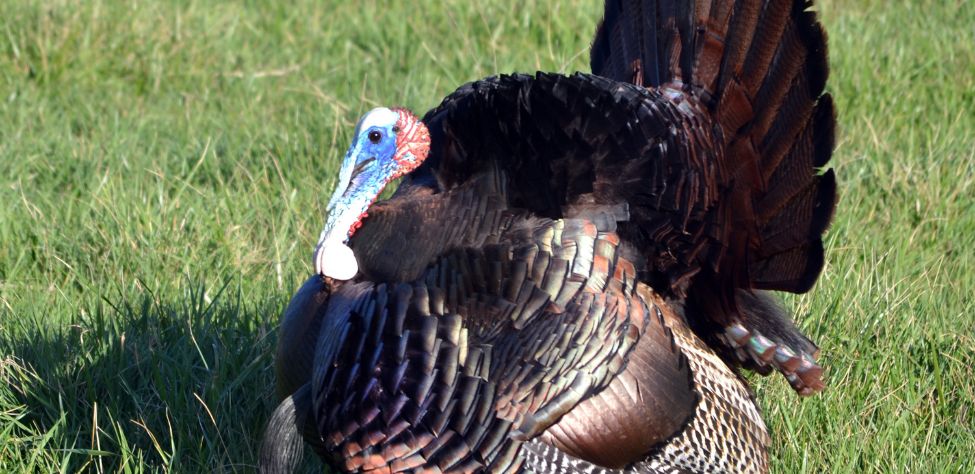
My dad was a big-time turkey hunter in Pennsylvania when I was growing up. During my younger years, turkey hunting was all the talk where I lived. Because I was born in Pennsylvania, I always knew about deer hunting. But my dad got bit by the turkey bug. It streamed through his veins, and he put that same love of turkey hunting into me and my blood. I can’t remember a time I haven’t gone turkey hunting with my dad.
We always went to the annual big outdoor show in Harrisburg, Pennsylvania, called the Eastern Sportsman Outdoors Show. I saw and heard some of the legends of turkey hunting there, like Dick Kirby. Paul Butski, Ernie Calandrelli, Ben Rodgers Lee, Harold Knight, and David Hale. These men were my idols. I didn’t care much about football or baseball players as a youngster. But the men who could talk to turkeys and get those wily birds to come within shotgun range were people I was pretty sure could walk on water.
The population of turkeys in central Pennsylvania, where I grew up, was not nearly as large as it is today. However, through the efforts of Pennsylvania’s Conservation Department and the National Wild Turkey Federation (NWTF), we now have a large population of gobblers in my home state. When I was growing up, anyone who harvested a wild turkey had to work hard to get one of those gobbling bronze barons. Because everybody in the county where I lived was trying to take any turkey that could be heard gobbling, I learned at a young age that if I wanted to take a turkey gobbler, I had to go into the woods deeper and farther than most other hunters would hunt and find a gobbling bird that no one else had heard. I also learned that the better I could call to turkeys, the better my odds were for taking a turkey.
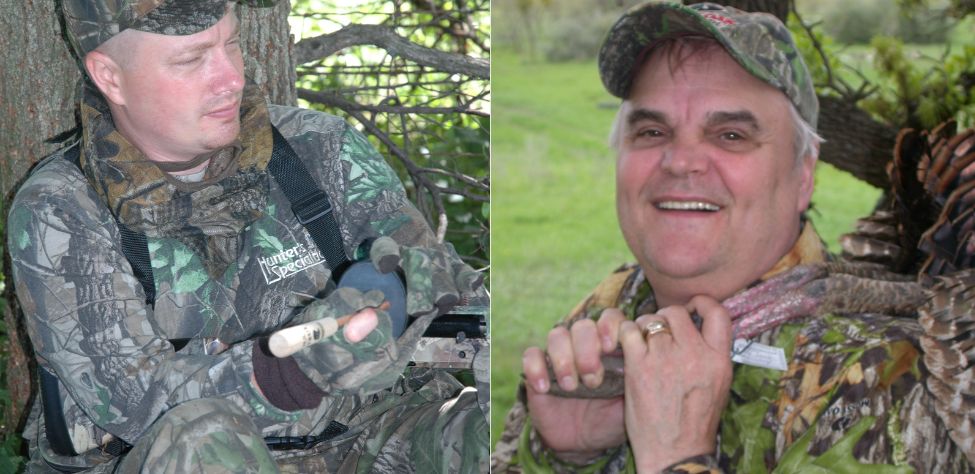
Also, I learned at an early age to never give up on turkeys. Pennsylvania has several turkeys, and there is a lot of public land and good road systems throughout that public land. So, I decided the best place to find a turkey I could call in and take was one that couldn’t be heard gobbling from the road. Most public land hunters drive down the road, stop, and listen for a turkey to gobble. If a turkey gobbles, the hunter will park his truck and beeline toward the turkey. So, I assumed that the turkeys that could be heard from any road on public land were the turkeys that would receive the most hunting pressure. The turkeys that couldn’t be heard from the road would get the least amount of hunting pressure. I chose to hunt the turkeys that couldn’t be hunted from the road. Because we had so many hills in Pennsylvania, I might only have to hunt 200 yards away from the road. However, I might have to hunt 2-miles away from public access in some areas.
I learned from hunting public lands that most hunters would leave the woods by 8:00 or 9:00 am. Perhaps they’d read books and magazine articles about taking turkeys off the roost. But I learned that if I didn’t get to the woods until 9:00 or 10:00 am, I’d have a better chance of bagging a gobbler than the early hunters would. Another misconception is, “I want to hunt the first 2 weeks of the season because that’s when my chances are best for taking a gobbler.” But I don’t believe that’s a fair assessment of public land hunting. I’ve learned that I can take more turkeys later in the season than at the beginning when everyone else is pressuring the gobblers.
Looking for more content? Check out our YouTube channel and watch “Why Marry the Hunter’s Style of Turkey Hunting to the Guide’s Style of Turkey Hunting” by John E. Phillips
Check out John E. Phillips’ 12th book: “Turkeys: Today’s Tactics for Longbeards Tomorrow“

- hunting strategies with pros Will Primos, David Hale, Eddie Salter, Preston Pittman, Allen Jenkins, Terry Rohm, Paul Butski, Larry Norton and others.
- information about taking turkeys with .410 shotguns.
- box-call techniques.
- strategies for moving on turkeys.
- ways to hunt public-land gobblers.
- the differences in calling and hunting Eastern, Osceola and Western turkeys.
- the latest research on turkeys; and other information.
Click here to check out John’s 12th turkey book.
Expert Guidebooks on Turkey Hunting: Best Sellers
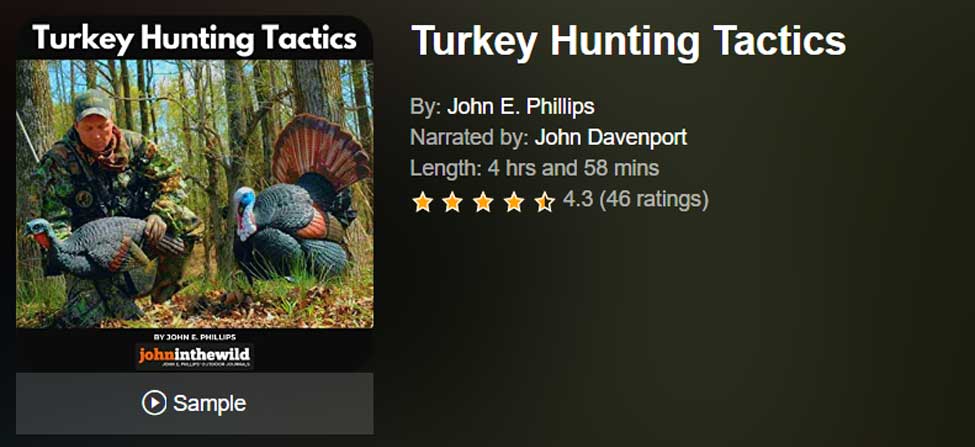
Turkey Hunting Tactics
This turkey hunting audiobook has entertaining chapters like: “How to Miss a Turkey”, “Hunting with a Guide”, and “The Turkey and the New York Lady”.
You’ll learn about all the subspecies of turkey across North America, how to use a turkey call, how to scout before turkey season, how to find a turkey to hunt, and what hunting gear you’ll need to put the odds in your favor to take a wily gobbler.
VERSIONS: AUDIBLE, KINDLE & PRINT
How to Hunt Turkeys with World Champion Preston Pittman
You easily can take a turkey if you don’t make any mistakes, but you have to know what the deadly sins of turkey hunting are to keep you from making those mistakes. If you understand how to hunt a turkey, you’re far more likely to take a gobbler than if you just know how to call a turkey.
Of course, calling is important, and if you want to learn to call a turkey, Preston Pittman will teach you how to call turkeys with box calls, friction calls, diaphragm calls, and other turkey sounds.
You’ll also learn why Preston Pittman once put turkey manure all over his body to kill a tough tom.
When you have turkeys that strut and drum in the middle of a field, when you know there’s no way to get close enough to get a shot, Pittman will show you some weird tactics that have worked for him to help you hunt tough ole toms.
But the main thing you’ll learn in this book is how to become the turkey.
Using what he’s learned while hunting wild turkeys, he’s also become a master woodsman who can take most game, regardless of where he hunts. To learn more secrets about how to be a turkey hunter from one of the world champions of the sport, this turkey-hunting book with Preston Pittman is a must.
VERSIONS: AUDIBLE, KINDLE & PRINT
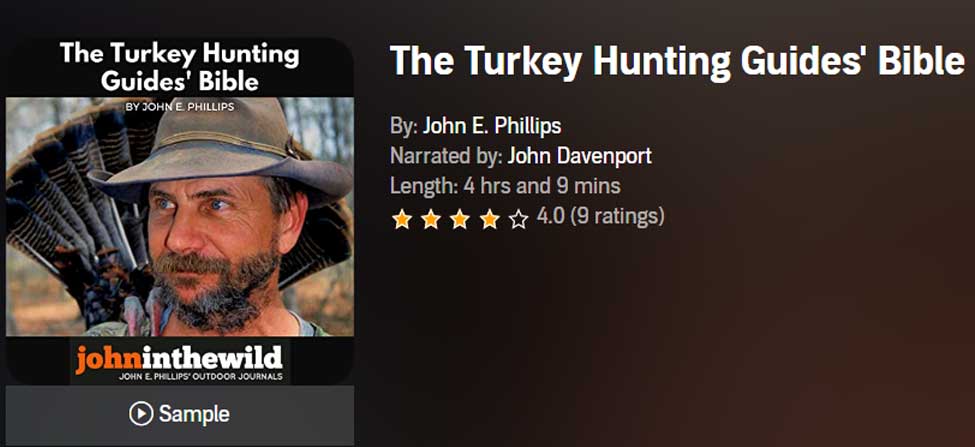
The Turkey Hunting Guides’ Bible
The quickest way to learn how to turkey hunt successfully is to either hunt with a turkey hunter with years of experience or a turkey-hunting guide. These two types of turkey hunters have solved most of the problems turkey hunters ever will face.
Just as one size of shoes won’t fit every person, one style of turkey hunting doesn’t fit each hunter. Each turkey-hunting guide interviewed for this book has his own style of calling, hunting, and outsmarting turkeys.
While listening to this book, make a list of the new information you’ve learned, take that list with you during turkey season, and try some of the new tactics. Then you’ll become a more versatile turkey hunter and prove the wisdom from The Turkey Hunting Guides’ Bible.
VERSIONS: AUDIBLE, KINDLE & PRINT
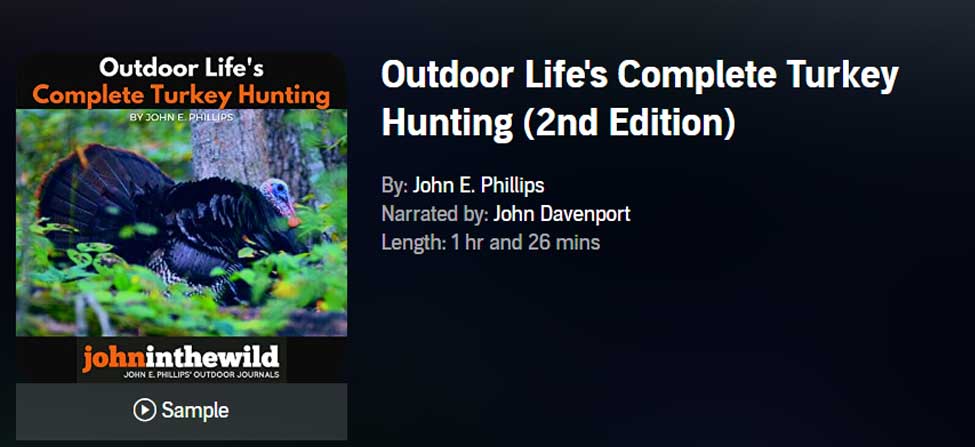
Outdoor Life’s Complete Turkey Hunting (2nd Edition)
This Audible book will help you learn how to call turkeys with two of the nation’s best, longtime and well-known turkey callers, Rob Keck, formerly with the National Wild Turkey Federation, and Lovett Williams, a wildlife biologist who recorded wild turkeys giving the calls that you’ll learn how to make on various types of turkey callers.
VERSIONS: AUDIBLE & KINDLE
Tomorrow: Late Season Public Land Turkeys




